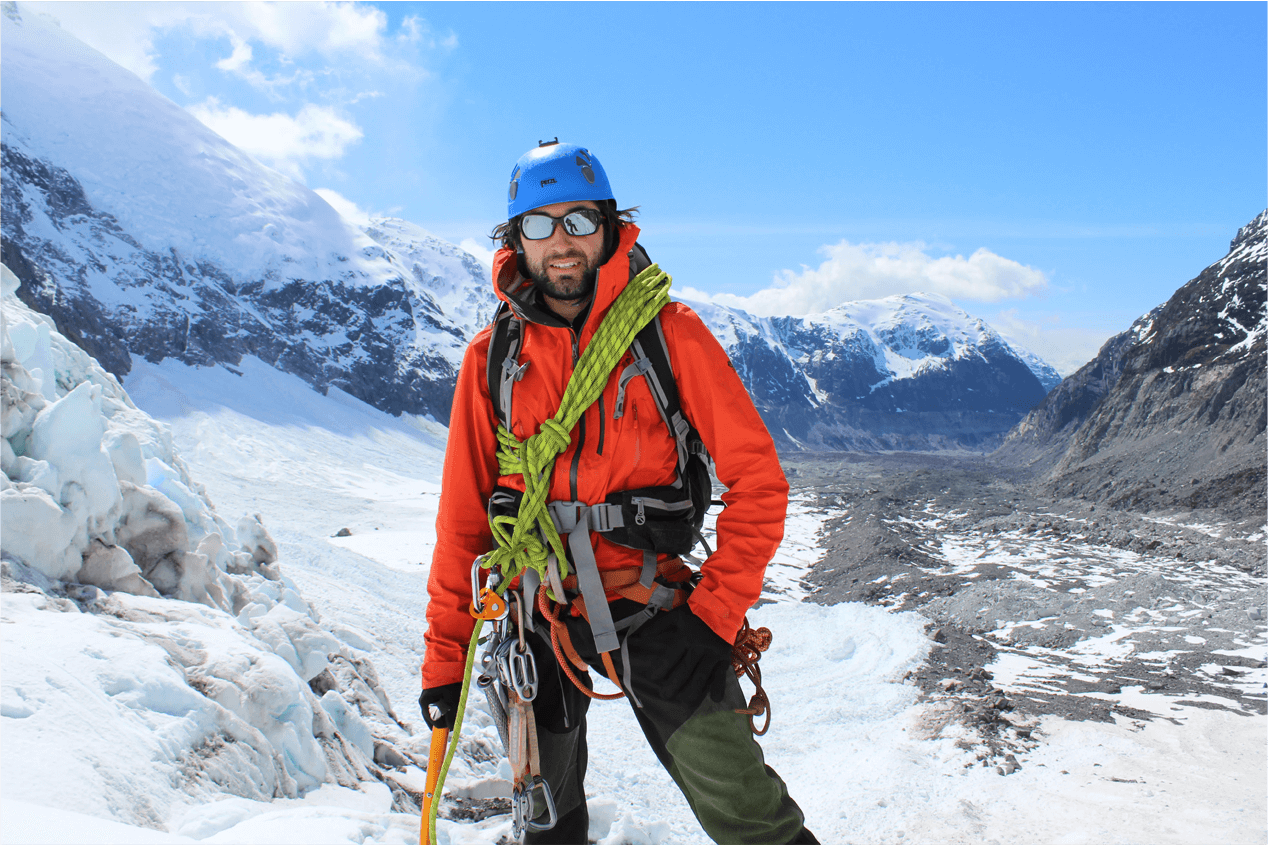Glaciers are one of the most amazing geological formations we have on the face of the earth, not only because of their beauty and impressive size, but also of how important their conservation is for the survival ecosystems.
Thanks to this massive mix of ice and snow, we can count on hydroelectric power, irrigation systems and 68.7% of the planet’s fresh water. This is possible because glaciers are an effective mechanism for the storage and recollection of water. When water falls taking form as snow in wet seasons, it gradually transformed on glacial ice and, finally, in dry seasons a significant percent of the stored liquid is released to supply the water channels of the globe.
On the other hand, tourism, trips to the mountains and outdoor expeditions are a very favorable economic boost in various countries thanks to the glacier’s activities. However, the fact that these giants ice are extremely beneficial in many aspects, today the impact of climate change is strongly seen on them. According to the BBC:
“Between 2000 and 2019, global glaciers lost 267 gigatons of water each year, and that number is accelerating faster than the loss of the Greenland or Antarctic ice sheets, separately.
The Antarctic ice sheets cover 8.3% and Greenland ice sheets 1.2% of the Earth’s area, compared to 0.5% of the land covered by glaciers. They may only represent a small part of the Earth’s ice sheet, but they are rapidly disappearing.
It may interest you: The defense of the land.
While the situation can be distressing, there is growing awareness of non-green practices that affect the environment and more people are joining green movements to preserve the environment. Likewise, there is a series of glaciers that survive and remain intact (not counting the melting seasons), and even increase their mass!
Next, we share with you which are some of the glaciers you can find in Latin America:
- Horcones Inferior: this beautiful glacier is located in the province of Mendoza, Argentina and is within the limits of the Aconcagua Provincial Park, at an altitude of 4,992 meters. It is part of the ice bodies that do not melt irreversibly.
- Pío XI: in the southern part of Chile, in the Magallanes Region, is this glacier that is also called the Brüggen or Ana María glacier. It is the largest specimen of the group of glaciers that emerges from the Southern Ice Field, with a surface area of 1,265 km² and it is also one of those rare cases in which an increase in the mass of ice has been seen.
- Perito Moreno: with a front of 5 kilometers in length and a height (from the water surface) of 60 m, the Perito Moreno glacier is one of the most impressive in Patagonia. Although it usually melts seasonally, it is usual for the lost mass to gain normally and remain stable.
- Garibaldi: on the shore of the Garibaldi fjord, you can find a beautiful glacier that shares the same name. Located at the bottom of the world, this ice specimen is one of the lucky ones: its mass is increasing. It has an area of 35 km² and an altitude of 2,678 meters.
We invite you to read: Main cause of the deterioration of glaciers: mining activity.
In case you are looking for an adventure tourism experience in Chile or remote expeditions, at Tolhuin Expeditions we can offer you magnificent destinations for your next vacation. Our locations include sightings of glaciers, mountains, volcanoes and all kinds of places that are sure to take your breath away.












